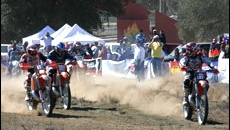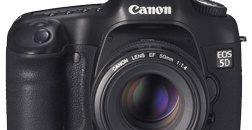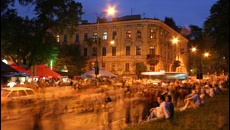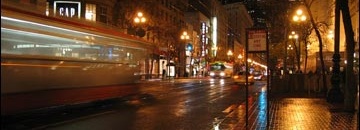
Fifteen Tips For Better Photography
Weather conditions can play a big part in setting the mood of your shot. Rather than waiting for the bright light of the midday sun, a misty morning in a forest can be the perfect time of day for that mood-shot.
We’ve compiled thousands of photography tips for photographers of all sorts, from beginners to pros. Follow us for new tips every day, all from the world’s leading photography experts.

Weather conditions can play a big part in setting the mood of your shot. Rather than waiting for the bright light of the midday sun, a misty morning in a forest can be the perfect time of day for that mood-shot.

The final step to displaying great photography involves mounting it on your walls. While this sounds very simple, it may seem intimidating to people new to photography, and those who do not consider themselves do-it-yourself-ers. Actually, the process is fairly simple with a few tools. While there are many, many different ways to creatively display photography we will focus on the more basic approach of using single row of photos across a wall.

Photographing food is probably one of the most challenging kinds of photography out there. It is considered difficult by most professional food photographers because there is a time constraint in the whole photo shoot. And since the marketability of the food itself depends primarily on how it is seen in print, food photographers should be well trained and skilled in order to come up with satisfying results.

Focusing is an important part of shooting a good photo alongside with composition and lighting. Focusing on static objects is relatively easy either by manually focusing or by using the camera auto focus feature. Focusing is much harder when the objects are constantly moving.

A bit of advice – bracket everything (1 either side in ½ stops or thirds if you have the choice), shoot at the highest resolution you can achieve with whichever model of digital genius you possess and take at least half a dozen shots per chosen angle. Give yourself the best chance of capturing the one you really wanted – the perfect image, beautiful enough to grace your wall, a wall anywhere.

Capturing the spectacle of a firework display is all about predicting when and where the most dramatic events are going to take place. Try to find out where the main display at your event will be taking place, and where the fireworks will be fired from. To capture the wider view of large public displays it’s often best to avoid the most popular spots close to the action.

For many forms of photography, digital has long held obvious advantages, but for landscapes the resolution necessary to make larger prints just wasn’t available. But things have changed and digital cameras are fast becoming the tools that most pros use.

Family portraits are an important part of our heritage. They preserve history. They record family growth. They document changing styles (some good, some not-so-good!). More than that, however, portraits seem to call to us and will garner our attention almost immediately when we enter a room. These, among many other reasons, are why family portraits continue to be so popular.

There are many situations in the world of photography where you will have to decide how you want to capture a moving subject. Whether it is an athlete running down the field or a bird swooping over the water there are many different photo outcomes possible. You could end up with everything in the scene perfectly displayed without any blur or you could end up with the subject in focus while the background is blurred from panning.

Exposure is the amount of light collected by the sensor in your camera during a single picture. If the shot is exposed too long the photograph will be washed out. If the shot is exposed too short the photograph will appear too dark. Almost all cameras today have light meters which measure the light in the given shot and set an ideal exposure automatically.